This blog looks at how homeopathy can help with cold and flu and offers guidance on self-help. September marks the beginning of the school year – coincidentally or otherwise – time when respiriatory infections surface.
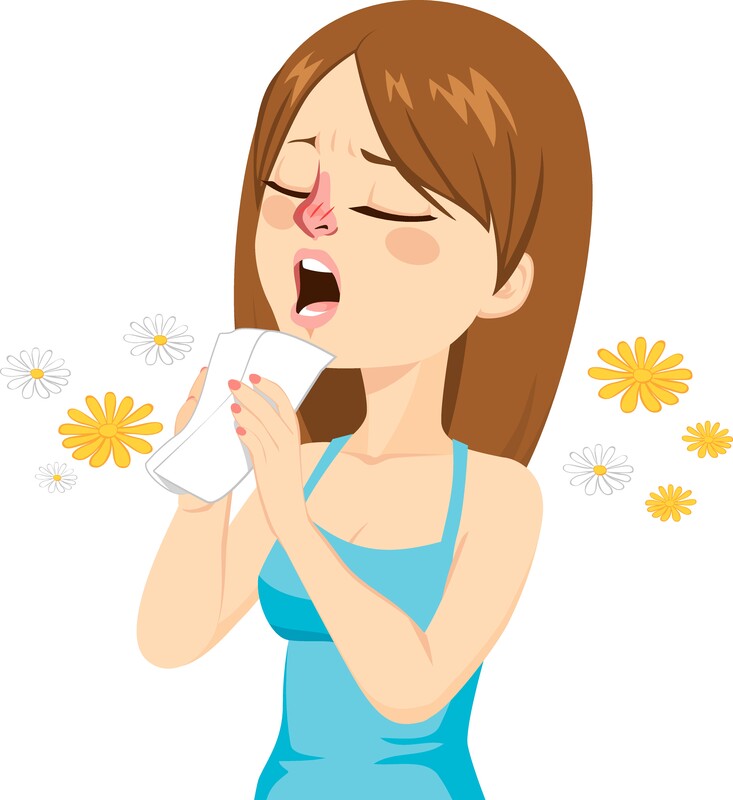
From my bookshelf I pull a book dating back to 1985, written by a naturopath Ross Tattler. On the subject of colds and coughs, he notes the ‘bewildering arsenal of weapons to wipe out the enemy’ that is the common cold. Take a look in the supermarket or pharmacy and you will see that not much has changed 40 years on.
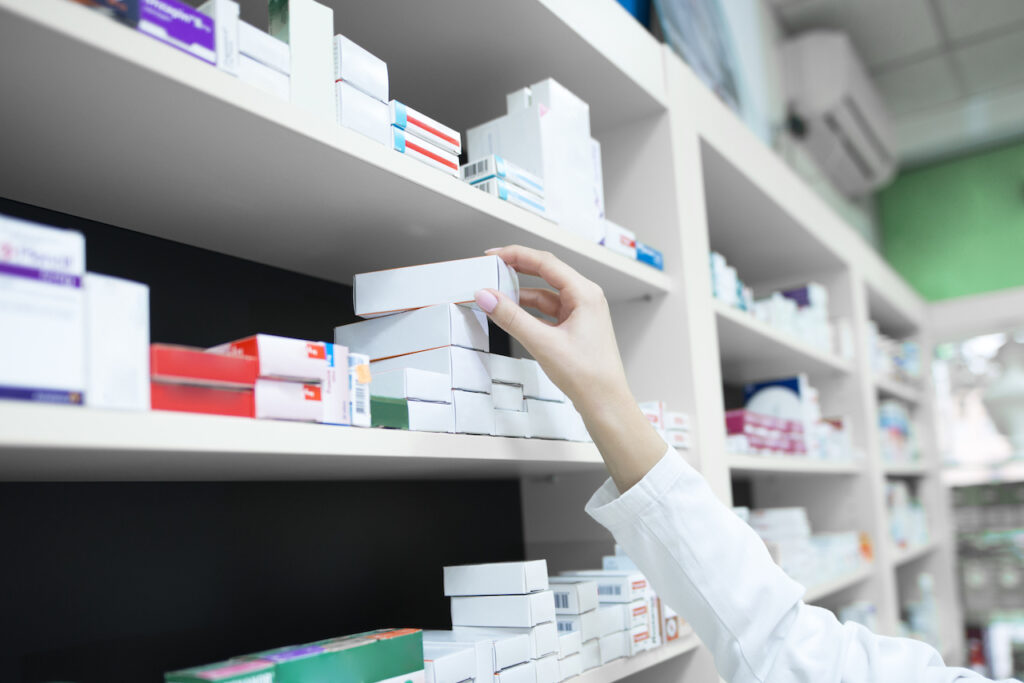
He then writes, ‘How strange it must sound to hear that this is the worst possible of all courses to follow!’
He goes on to tell us that the common cold is not a disease that ‘leaps out and attacks the innocent’. Indeed, he says, ‘it is not a disease…rather the cure of a disease’. In other words the body’s defence mechanisms are at work to detoxify the body and reestablish balance. Consequently, over-the-counter medications, which suppress symptoms, simply delay recovery.
The conventional view is that colds are caused by a virus, a reasonable proposition. Yet it’s not entirely clear how viruses come about, even what they are about (e.g. seasonality). Also not everyone ‘catches’ the cold at the same time, which is slightly strange as viral particles abound especially in urban settings. So, individual susceptibility must be factored-in. For the virus to ‘take’ there has to be susceptibility.
Interestingly, a research facility near Salisbury, studied the common cold for many years, closing in 1990. Much was learned, but no ‘cure’ found.
Discussion as to our nature, and that of a ‘cold’ continues. Meatime, to assume that a ‘cold’ has purpose (however inconvenient) is one reasonable hypotheses. That purpose is a cleansing effort to remove toxins from the body and maintain health. You need a clear out from time to time.
So much for hypotheses, what should you do practically?
If you can accept the above uncertainties, then practitioners of a naturopathic bent are generally well aligned on the approach. Coming up to date, Dr Sarah Myhill formerly a general practitioner now turned naturopath (with a special interest in ME) penned a book in 2020 titled Ecological Medicine. In the Appendix you will find the Groundhog Acute table of guidance.
Common approaches between her thinking and such as Tattler’s earlier work are:
Another common theme is avoiding suppressive medications. Don’t suppress your symptoms with drugs (paracetamol etc). Symptoms are the body’s intelligent response; driving return to harmony. Drugs make you feel better but being suppressive, recovery takes longer.
Potentially, by depressing the immune system an infection can deepen, taking hold and risking health further.
As Myhill says – use your brain! She means assessing whether the situation is stable, getting better or worse.
Clearly if a respiratory infection is deepening with the potential of say pneumonia (lung infection) it is time to seek medical help.
It is sensible to have some vitamin C (powder is good) and zinc in he medicine chest. There are plenty of options but here is one supplier I came across whilst writing this: https://www.biocare.co.uk/. Higher Nature and Health Plus are others
Homeopaths like naturopaths understand that your symptom picture has meaning. Both perceive symptoms as the body’s effort to restore harmony.
Consequently, the purpose of the homeopathic remedy (medicine) is to complement the work of the immune system. Not suppress it.
As with vitamins and minerals above, having a simple remedy kit to hand is worthwhile. It will keep for years if looked after.
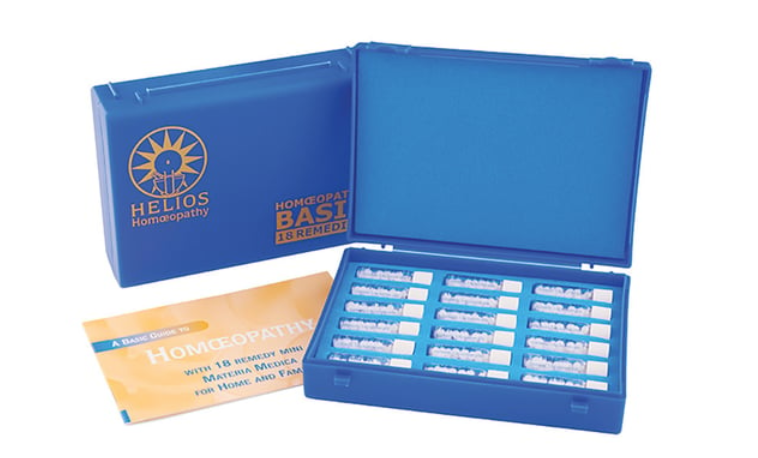
Classical homeopathic prescribing considers the following:
Consider homeopathic treatment like finding the right key for a lock, if after a taking the remedy for a short while (see below for method) there is no response, then try another. The remedy has to resonate.
The task is to match the charateristics of a remedy (medicine) with the symptoms of the patient. As stated, symptoms reflect the body’s attempt to cure, which you want to encourage.
The homeopathic remedy echoes those symptoms and stimulates an immune response. This is the principle of ‘like curing like’ (which is what the word Homeo-pathy means). Properly applied you will get better quicker.
Here are some characteristics of remedies typically found in first aid kits.
Homeopathic medicines are absorbed through the mucous membranes of the mouth – not the gut. So you let the pill dissolve under the tongue. Note that there is no difference in dosage or approach for children.
A simple alternative approach is to put one or two pills into a bottle of water and shake (they may not dissolve straight away – that does not matter). Then sip on and off through the day (lightly shake each time). Hold in the mouth for a few seconds then swallow.
The active homeopathic remedy is typically absorbed onto a sugar pill. When you put the pill into water the pattern or resonance of the remedy transfers to the water. You can top up the water bottle without adding another pill.
If you see no improvement in 24-36 hours then you should retake your case and try another remedy. Once there is clear improvement then you can stop taking the remedy – the body will take over.
For guidance on the use of homeopathy please book a discovery call via my website or mail me at [email protected].
I am happy to give short talks to groups on homeopathy in general and on the homeopathic approach to the treatment of minor ailments, please email me.
That Winter is the cold and ‘flu season and as we know “coughs and sneezes spread diseases”. No surprise. It is the time for boosting immunity.
Some scientists suggest that fine aerosols suffice for transmission and not just droplets. Though the deluge of conflicting scientific data in the main stream media risks the conclusion that “to a man with a hammer everything looks like a nail”.
Consequently, be it droplets or aerosols, “social distancing”, wearing masks when in proximity, and washing hands seems like common sense. What then, cross fingers and hope for the best?
Simple self-help and low cost measures are drowned out in the clamour for vaccines and novel treatment. Let’s start with sleep. The body reinvigorates itself after good sleep. As you know, you are more at risk of catching a cold or worse when get tired from over work (or play), then you catch a ‘cold’ or worse.
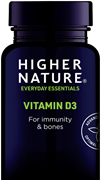
Vitamins and minerals support the immune system. The protection offered by vitamin D is important, because sunlight is key to its availability, and there is not much sun to be had at this time of year. Here is a guide on dosage: How much vitamin D to take
So what if you go down with a respiratory infection?
Let’s start first with the basics: rest and take plenty of fluids.
In your cupboard have to hand some Echinacea and most certainly vitamin C (maybe in combination with zinc). Echinacea has benefits in the early stage of infection, just follow the instruction on the bottle. Vitamin C and Zinc both have strong anti-viral properties.
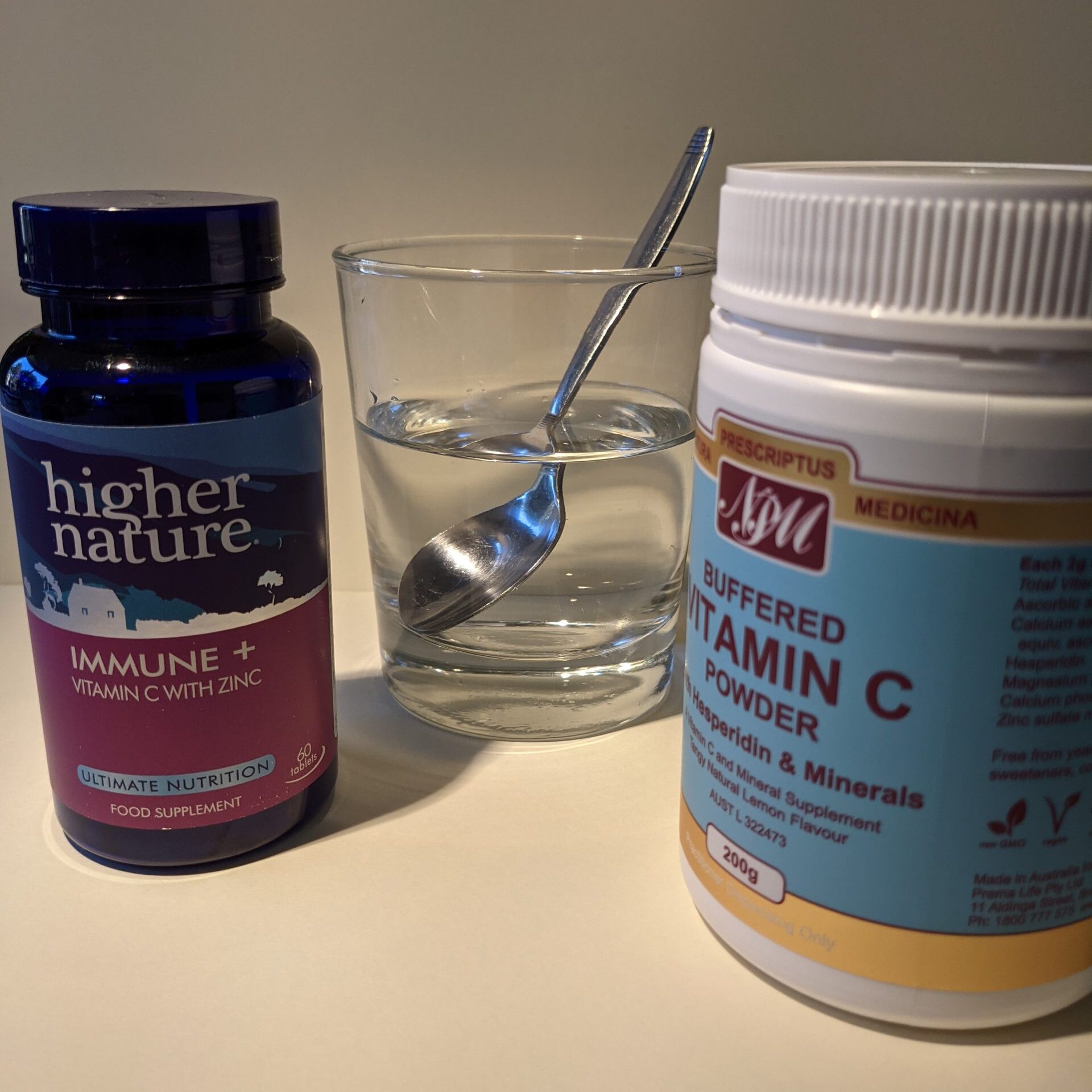
Being water soluble, Vitamin C does not accumulate in the body so is very safe (some looseness of bowel indicates saturation, at which point dosage should be reduced).
On day one take up to 1000mg per hour, then cut back to the same dosage every four to six hours. If zinc is not taken in combination with vitamin C, a safe dosage is 25 mg per day*.
Paracetamol or aspirin are common in cold and ‘flu preparations but best avoided, as they only provide symptomatic relief and do not improve resistance. They also suppress fever, which is the natural defence of the body to viral or bacterial attack. Importantly, give yourself time to recuperate (especially after a proper ‘flu).
*the doses suggested are for young adults upward, please check labels for guidance for younger children. Vitamin C is safe for all ages using the ‘loose bowel’ guidance above.